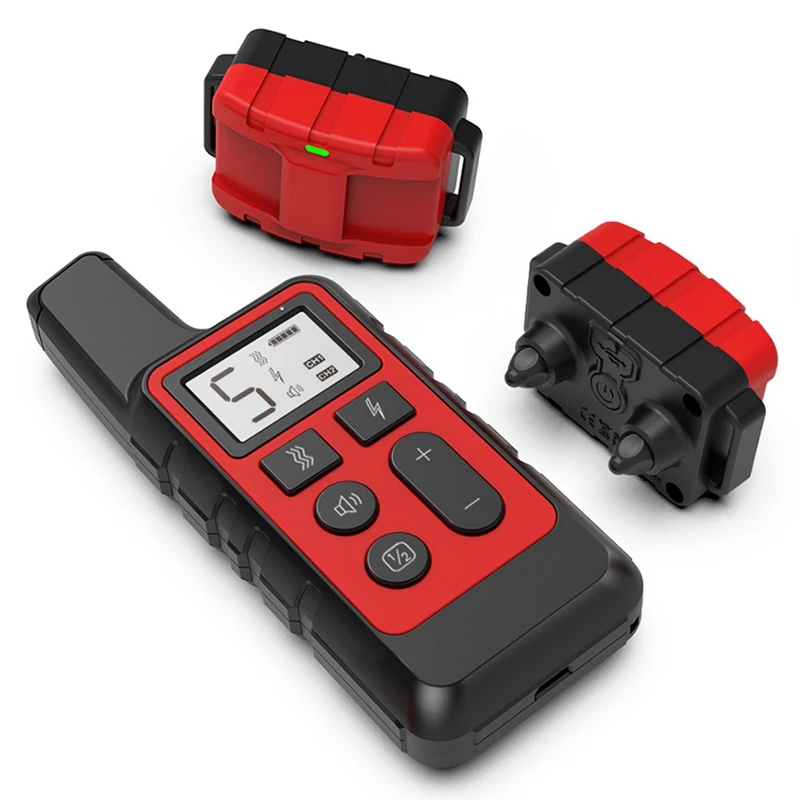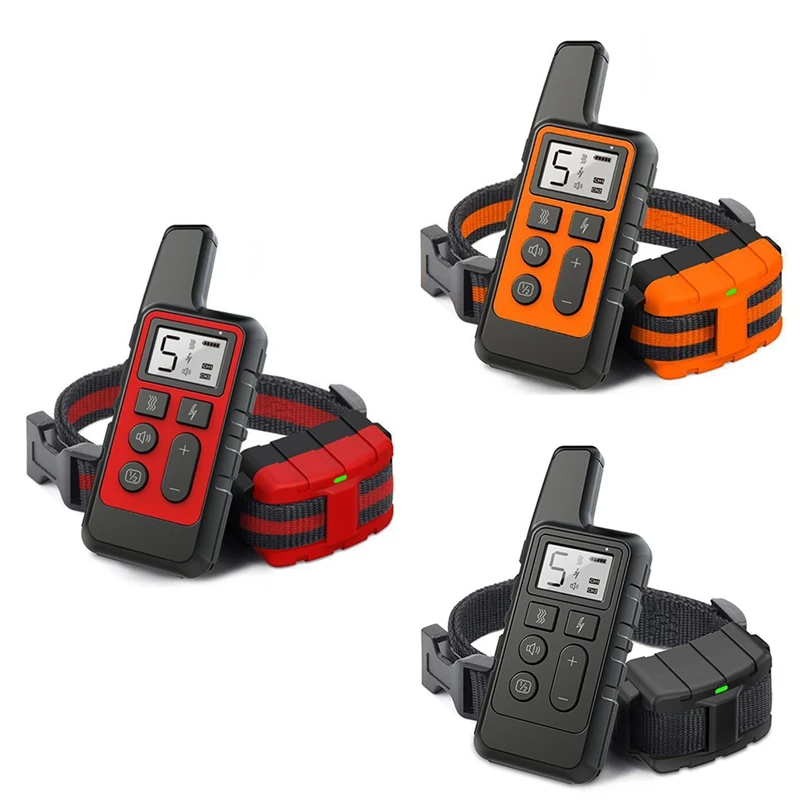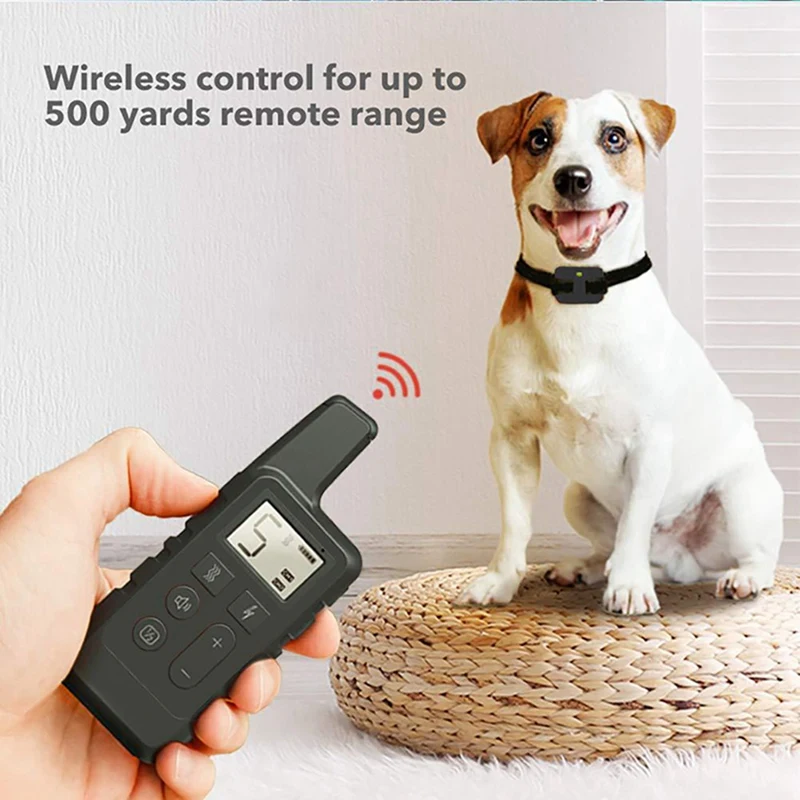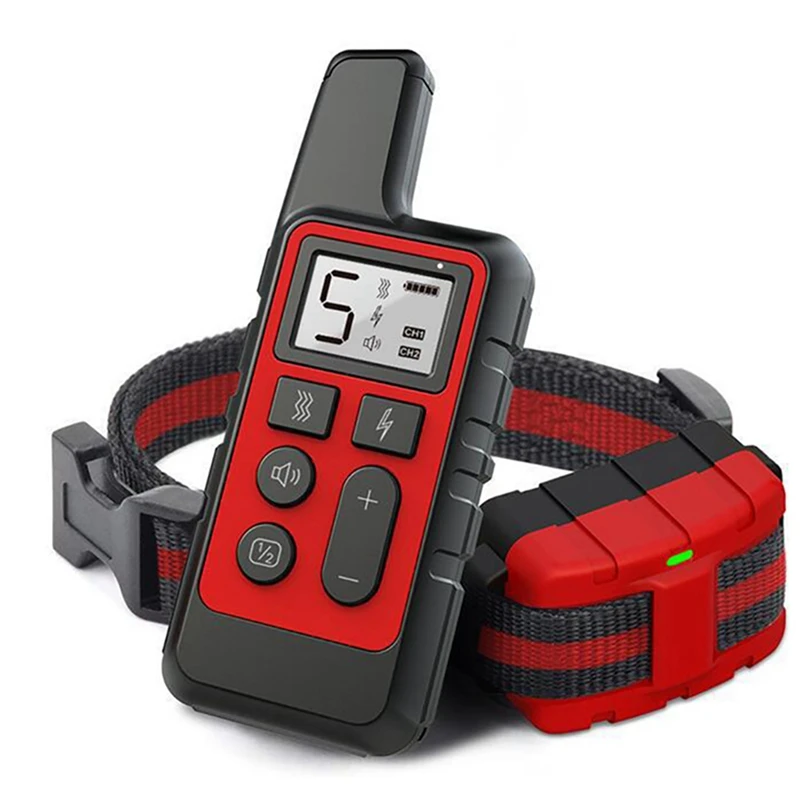Dog training can be a challenging yet rewarding experience. With numerous methods available, one approach that has gained traction is e-collar training. Also known as remote training collar training, e-collars can be a useful tool when used correctly. However, it’s essential to understand the principles, benefits, and concerns that come with their use. This article will explore these aspects in-depth, providing a thorough guide to help you navigate dog e collar training.

What is E-Collar Training?
The Basics of E-Collars
An e-collar, or electronic collar, is a device designed to aid in training dogs. It typically consists of a collar with a receiver attached and a handheld remote control. When activated, the collar delivers a mild electric stimulus to the dog. The idea is to provide a form of communication between the trainer and the dog. The stimulus can come in varying levels, allowing trainers to adjust its intensity based on their dog’s sensitivity and training needs.
Some may confuse e-collars with punishment devices, but this is not the primary intention. E-collars serve as a tool to help establish reliable communication without relying solely on verbal commands. They can enhance your dog’s responsiveness and improve focus, which ultimately leads to better training outcomes.
How E-Collars Work
E-collars function by delivering a stimulus when the trainer activates the collar through the remote. It’s essential to note that the stimulus should never cause pain or distress. Instead, it should capture the dog’s attention and prompt them to pay attention to their handler. This approach can take many forms, from correcting unwanted behavior to reinforcing positive actions.
The collar’s settings often include vibration and tone options, which can work as cues before resorting to the electric stimulus. Training begins with introducing these various stimuli, allowing a dog to associate them with specific commands or actions. Over time, your dog learns to respond to the commands without needing the stimulation, creating a more responsive and obedient pet.
The Role of Positive Reinforcement
E-collar training should not replace positive reinforcement techniques. Successful trainers combine various strategies to teach commands effectively. Positive reinforcement, such as treats, praise, and affection, emphasizes good behavior. When your dog successfully follows a command, rewarding them further reinforces that behavior.
E-collars work best when integrated with positive reinforcement methods. For example, you can use an e-collar to get your dog’s attention when they are distracted during training. Once they refocus and obey, you reward them with praise or a treat.
By blending these techniques, you create a balanced training environment that promotes respect and cooperation between you and your dog. This partnership forms a basis of trust crucial for successful training.
The Benefits of E-Collar Training
Enhanced Communication
One key benefit of e-collar training is improved communication. Dogs might not always respond to verbal commands, especially if they’re excited or distracted. The e-collar serves as a tool that helps regain their attention. When used correctly, it can bridge the gap between the owner and the dog, especially in noisy environments like parks or during chaos at home.
Improved communication can lead to quicker training sessions. You’ll find that once your dog begins to grasp the commands, they become more receptive to learning new ones. This efficiency saves time and fosters a more productive training experience.
Increased Training Range
Another significant advantage of e-collar training is the increased range. Traditional training methods often require close proximity between the trainer and the dog. However, e-collars allow you to control your dog from a distance. This aspect can be particularly beneficial during outdoor activities, like hiking or retrieving exercises, where keeping your dog near you may not always be possible.
The increased range gives trainers the freedom to allow their dogs to explore safely without worrying about them straying too far. This freedom can lead to more enjoyable outings, which can positively impact the dog’s overall behavior and disposition.

Greater Control in Challenging Situations
E-collars can offer better control in challenging situations, such as high-distraction environments. Dogs can easily get distracted by other animals, people, or even interesting smells. An e-collar can effectively redirect your dog’s attention back to you, fostering a sense of focus.
When your dog learns to respond quickly to the collar’s stimulation, the result is often a more obedient pet. This obedience can improve your dog’s behavior in various contexts, such as walking on a leash or having visitors at home.
Things to Consider Before E-Collar Training
The Importance of Proper Education
Before embarking on e-collar training, educate yourself thoroughly about its use. It’s vital to understand how the collars work and the various training techniques associated with them. Many resources, such as books, online courses, and professional trainers, can offer valuable insights.
You also want to learn the specific dynamics of your dog. Every dog has its own temperament, sensitivities, and learning styles. Understanding your dog’s needs is essential for effective training. A qualified trainer can help you adapt e-collar training techniques specific to your dog’s personality and learning preferences.
Choosing the Right Collar
Not all e-collars are created equal. Selecting the right collar for your dog is critical. Look for a collar that offers adjustable stimulation levels, as every dog reacts differently. Numerous collars also come with features like tone and vibration settings for versatility.
Consult with a qualified trainer or a veterinarian when choosing a collar. They can guide you through selecting a model that is appropriate for your dog’s size, breed, and training level. Using the wrong collar can lead to frustration or, worse, improper training.
Timing is Everything
Timing plays a crucial role in e-collar training. The stimulus needs to occur momentarily after the unwanted behavior or command. This timing helps the dog understand the connection between the action and the response. Whether you are correcting a negative behavior or encouraging a positive one, quick responses yield better results.
Improper timing can lead to confusion and anxiety for your dog. If your dog experiences a stimulation after the behavior has occurred, they may not associate it with the action at hand. Keeping this principle in mind is essential for effective training.
Addressing Common Concerns
Misconceptions About E-Collars
Many misconceptions exist around e-collars and their use in dog training. One of the most common myths is that e-collars are inhumane. In reality, when properly used, e-collars deliver a mild stimulus that should not cause pain or distress. The goal is to redirect focus, not to punish.
Another misconception is that e-collars create fear-based training. When combined with positive reinforcement methods, e-collars can foster a trusting relationship. Rather than instilling fear, the intention is to create a responsive partnership between you and your dog.
The Potential for Abuse
One significant concern surrounding e-collar training is the potential for misuse. Some people may use e-collars as a form of punishment rather than a training tool. This misuse can lead to negative associations and create behavioral problems rather than solving them.
Trainers must commit to ethical use. Understand the correct stimulation levels and apply them only as necessary. It’s essential to monitor your dog’s reactions during training and discontinue use if they show signs of distress. Remember, a positive experience is key to successful training.
Continuous Monitoring of Progress
Begin monitoring your dog’s progress as soon as you introduce e-collar training. Pay attention to their response to stimuli and overall behavior. You should adapt training methods continuously based on their reactions. Continuous evaluation allows you to improve your training techniques and ensures that your dog remains engaged and motivated.
Keep detailed notes on your dog’s training journey. Documenting what works and what doesn’t creates a valuable resource to refer to as you progress. Not only will this help you see improvement over time, but it will also give you confidence as a trainer.

Conclusion
E-collar training can be a valuable tool when used responsibly and wisely. With its advantages in communication, control, and training range, it offers a unique way to connect with your dog. However, it’s essential to approach it with the right education, equipment, and mindset.
Remember, effective communication with your dog is the ultimate goal. E-collars should supplement, not replace, the positive reinforcement measures that form the foundation of effective dog training.
Invest time in learning, practice patience, and maintain your dog’s welfare as the priority. With dedication, you can create a harmonious relationship with your canine companion and achieve impressive training results. Embrace the journey, and enjoy the process of building a trusting, responsive partnership with your dog.
